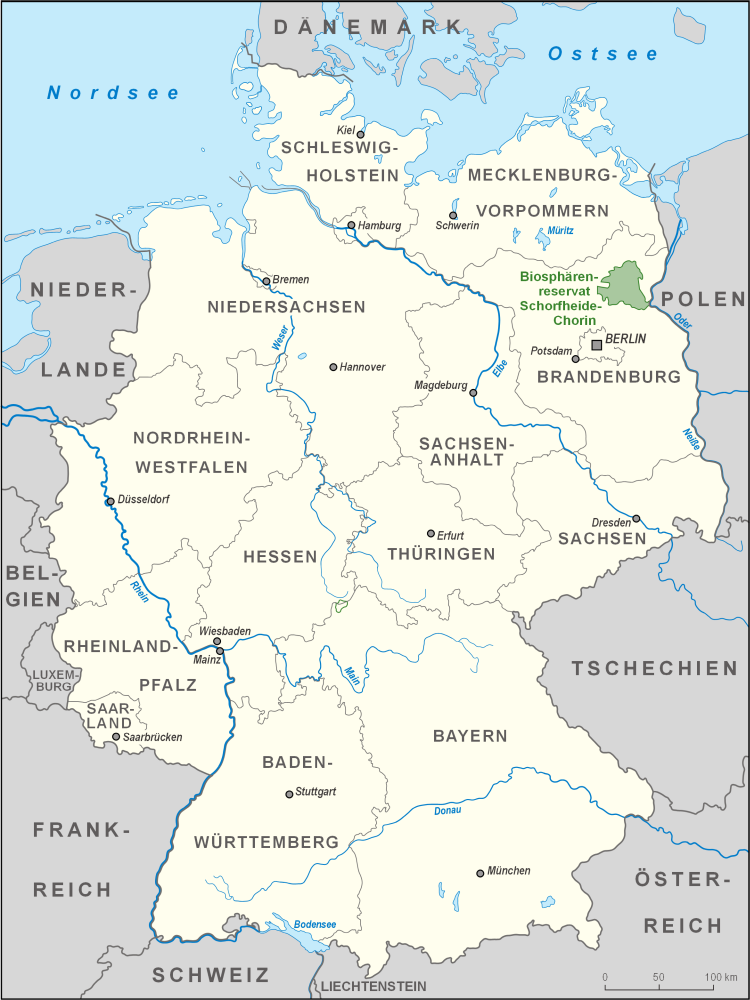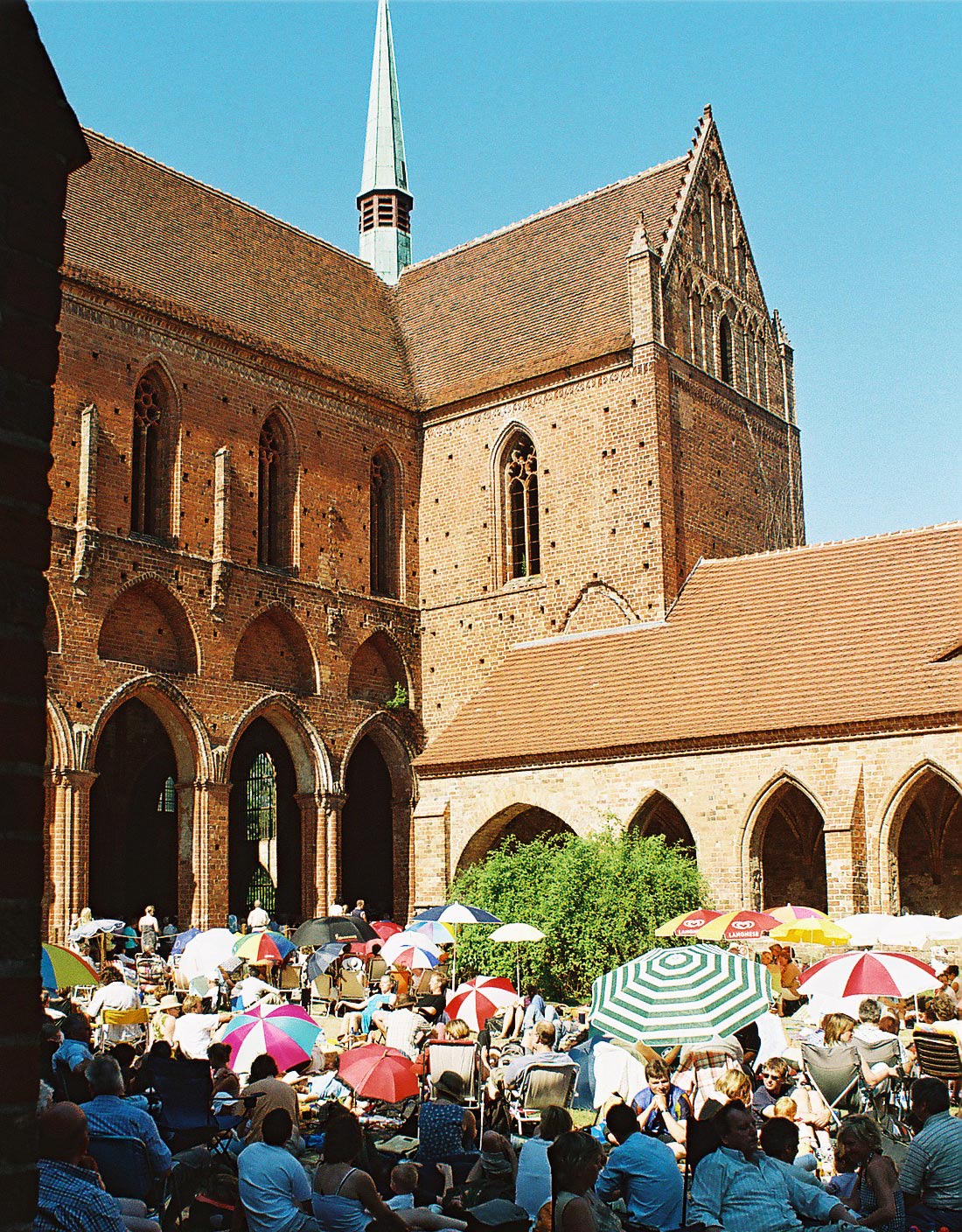|
Chorin
Chorin () is a municipality in the district of Barnim in Brandenburg, Germany. It is most famous for its cloister and for being situated within the Schorfheide-Chorin Biosphere Reserve. It is famous for its medieval Brick Gothic Chorin Abbey Chorin Abbey (Kloster Chorin) is a former Cistercian abbey near the village of Chorin in Brandenburg, Germany. It was founded by the Ascanian margraves in 1258 and had far-reaching influence on the northern edge of the Ascanians' sphere of influ ... and the Choriner Musiksommer music festival held there. Demography See also * Amtssee References External links Chorin at britz-chorin-oderberg.de (German infopage) [...More Info...] [...Related Items...] OR: [Wikipedia] [Google] [Baidu] |
Schorfheide-Chorin Biosphere Reserve
The Schorfheide-Chorin Biosphere Reserve, often shortened to Schorfheide, is a biosphere reserve in the German State of Brandenburg near the Polish border. The reserve was established on 1 October 1990 following the German Reunification and is under the protection of the UNESCO Man and Biosphere Reserve Programme. It stretches over the German districts of Barnim, Uckermark, Märkisch-Oderland and Oberhavel and incorporates an area of . Notable towns are Eberswalde, Joachimsthal and Friedrichswalde. The core area of the reserve is formed by the Schorfheide forest, one of the largest cohesive woodlands in Germany. History From the Early Middle Ages until the period of the Thirty Years' War, the area fell under the responsibility of the cloister of Chorin which led to a cultivation of suitable spaces. Forest clearances took place for the sake of producing weapons for the Prussian army, but the woods were usually afforested. Large parts of the woodland were left untouched ... [...More Info...] [...Related Items...] OR: [Wikipedia] [Google] [Baidu] |
Chorin Abbey
Chorin Abbey (Kloster Chorin) is a former Cistercian abbey near the village of Chorin in Brandenburg, Germany. It was founded by the Ascanian margraves in 1258 and had far-reaching influence on the northern edge of the Ascanians' sphere of influence, where it bordered with the Slavs. It was secularized in 1542 and allowed to decay until the early 19th century, when the ruins were restored and the building partly rebuilt under the direction of Karl Friedrich Schinkel. It is now an archetypal example of the Brick Gothic Brick Gothic (german: Backsteingotik, pl, Gotyk ceglany, nl, Baksteengotiek) is a specific style of Gothic architecture common in Northeast and Central Europe especially in the regions in and around the Baltic Sea, which do not have resourc ... style and part of the . Some scenes in the 1912 film '' Das Mirakel'' were filmed there.* References External links *http://www.kloster-chorin.org/ *http://www.cistercensi.info/abbazie/abbazie.php?ab=819&lin=d ... [...More Info...] [...Related Items...] OR: [Wikipedia] [Google] [Baidu] |
Choriner Musiksommer
The Choriner Musiksommer (literally, ''Chorin's Summer of Music'') is an outdoor music festival held in the ruins of the convent of Chorin Abbey in Chorin, Brandenburg, Germany. It originated as a single annual concert, established on 23 May 1964 by Albert Richter as an event for employees of the Hochschule für nachhaltige Entwicklung (Eberswalde University for Sustainable Development) in Eberswalde. The forest administration then managed the monastery ruins. So they became the venue for the concert. The number of concerts was raised to four in 1970 and from then until 1973 numbers rose from 600 to 1200 and finally 2,100 per concert. In 1974 the number of concerts was increased to thirteen. After the fall of the Berlin Wall The fall of the Berlin Wall (german: Mauerfall) on 9 November 1989, during the Peaceful Revolution, was a pivotal event in world history which marked the destruction of the Berlin Wall and the figurative Iron Curtain and one of the series of eve ... in 198 ... [...More Info...] [...Related Items...] OR: [Wikipedia] [Google] [Baidu] |
Amtssee
Amtssee is a lake in the Schorfheide-Chorin Biosphere Reserve in Brandenburg, Germany. It is located in the municipality of Chorin, Barnim Barnim () is a district in Brandenburg, Germany. It is bounded by (from the east and clockwise) Poland, the district of Märkisch-Oderland, the city state of Berlin and the districts of Oberhavel and Uckermark. History The name "Barnim" emer ... district. Lakes of Brandenburg Barnim {{Brandenburg-geo-stub ... [...More Info...] [...Related Items...] OR: [Wikipedia] [Google] [Baidu] |
Barnim (district)
Barnim () is a district in Brandenburg, Germany. It is bounded by (from the east and clockwise) Poland, the district of Märkisch-Oderland, the city state of Berlin and the districts of Oberhavel and Uckermark. History The name "Barnim" emerged in the 13th century and was applied to a large forest region east of the Havel and north of the Spree on the homonymous plateau, where noblemen used to hunt. The present district is roughly identical with, but somewhat smaller than this historical region. The district was established in 1993 by merging the former districts of Bernau and Eberswalde. Geography Barnim extends from the Oder River to the outskirts of Berlin. The Oder River forms the eastern border. From here the Oder Havel Canal (connecting Oder and Havel) and the historical Finow Canal lead westwards to Eberswalde and beyond. The portions north of these artificial waterways are called Schorfheide. This is a forest region with several large lakes, e.g. Werbellinsee (8 ... [...More Info...] [...Related Items...] OR: [Wikipedia] [Google] [Baidu] |
Brandenburg
Brandenburg (; nds, Brannenborg; dsb, Bramborska ) is a state in the northeast of Germany bordering the states of Mecklenburg-Vorpommern, Lower Saxony, Saxony-Anhalt, and Saxony, as well as the country of Poland. With an area of 29,480 square kilometres (11,382 square miles) and a population of 2.5 million residents, it is the fifth-largest German state by area and the tenth-most populous. Potsdam is the state capital and largest city, and other major towns are Cottbus, Brandenburg an der Havel and Frankfurt (Oder). Brandenburg surrounds the national capital and city-state of Berlin, and together they form the Berlin/Brandenburg Metropolitan Region, the third-largest metropolitan area in Germany with a total population of about 6.2 million. There was an unsuccessful attempt to unify both states in 1996 and the states cooperate on many matters to this day. Brandenburg originated in the Northern March in the 900s AD, from areas conquered from the Wends. It later bec ... [...More Info...] [...Related Items...] OR: [Wikipedia] [Google] [Baidu] |
Brick Gothic
Brick Gothic (german: Backsteingotik, pl, Gotyk ceglany, nl, Baksteengotiek) is a specific style of Gothic architecture common in Northeast and Central Europe especially in the regions in and around the Baltic Sea, which do not have resources of standing rock, but in many places many glacial boulders. The buildings are essentially built using bricks. Buildings classified as Brick Gothic (using a strict definition of the architectural style based on the geographic location) are found in Belgium (and the very north of France), Netherlands, Germany, Poland, Lithuania, Latvia, Estonia, Kaliningrad (former East Prussia), Denmark, Sweden and Finland. As the use of baked red brick arrived in Northwestern and Central Europe in the 12th century, the oldest such buildings are classified as the Brick Romanesque. In the 16th century, Brick Gothic was superseded by Brick Renaissance architecture. Brick Gothic is characterised by the lack of figurative architectural sculpture, widespre ... [...More Info...] [...Related Items...] OR: [Wikipedia] [Google] [Baidu] |
Ortsteil
A village is a clustered human settlement or community, larger than a hamlet but smaller than a town (although the word is often used to describe both hamlets and smaller towns), with a population typically ranging from a few hundred to a few thousand. Though villages are often located in rural areas, the term urban village is also applied to certain urban neighborhoods. Villages are normally permanent, with fixed dwellings; however, transient villages can occur. Further, the dwellings of a village are fairly close to one another, not scattered broadly over the landscape, as a dispersed settlement. In the past, villages were a usual form of community for societies that practice subsistence agriculture, and also for some non-agricultural societies. In Great Britain, a hamlet earned the right to be called a village when it built a church. [...More Info...] [...Related Items...] OR: [Wikipedia] [Google] [Baidu] |
Municipalities Of Germany
MunicipalitiesCountry Compendium. A companion to the English Style Guide European Commission, May 2021, pages 58–59. (german: Gemeinden, singular ) are the lowest level of official territorial division in . This can be the second, third, fourth or fifth level of territorial division, depending on the status of the municipality and the '''' (federal state) it is part of. The city-states Berl ... [...More Info...] [...Related Items...] OR: [Wikipedia] [Google] [Baidu] |
Germany
Germany,, officially the Federal Republic of Germany, is a country in Central Europe. It is the second most populous country in Europe after Russia, and the most populous member state of the European Union. Germany is situated between the Baltic and North seas to the north, and the Alps to the south; it covers an area of , with a population of almost 84 million within its 16 constituent states. Germany borders Denmark to the north, Poland and the Czech Republic to the east, Austria and Switzerland to the south, and France, Luxembourg, Belgium, and the Netherlands to the west. The nation's capital and most populous city is Berlin and its financial centre is Frankfurt; the largest urban area is the Ruhr. Various Germanic tribes have inhabited the northern parts of modern Germany since classical antiquity. A region named Germania was documented before AD 100. In 962, the Kingdom of Germany formed the bulk of the Holy Roman Empire. During the 16th ce ... [...More Info...] [...Related Items...] OR: [Wikipedia] [Google] [Baidu] |




